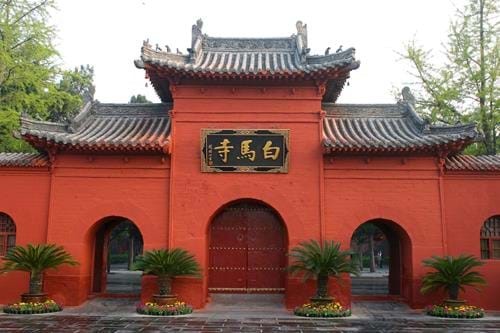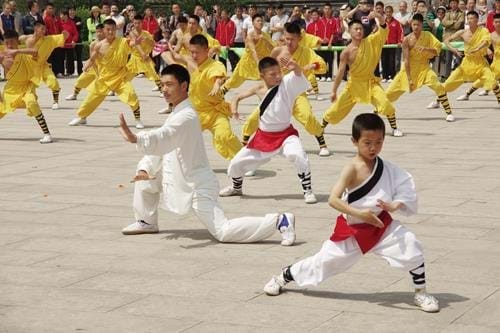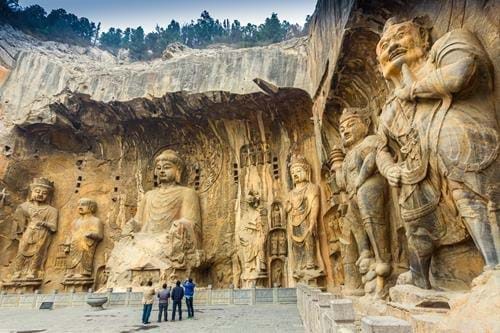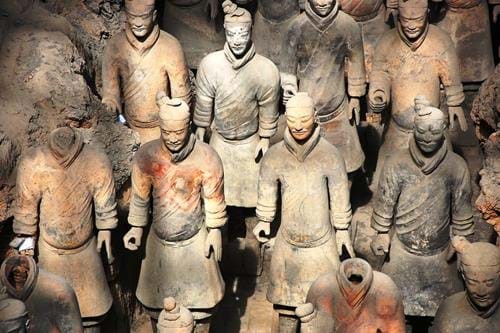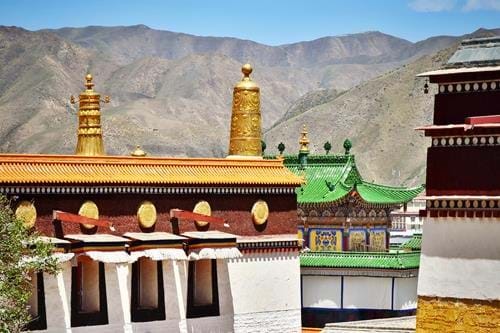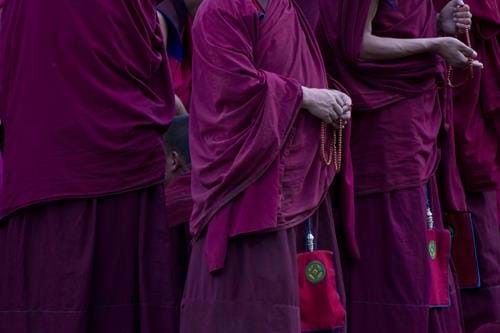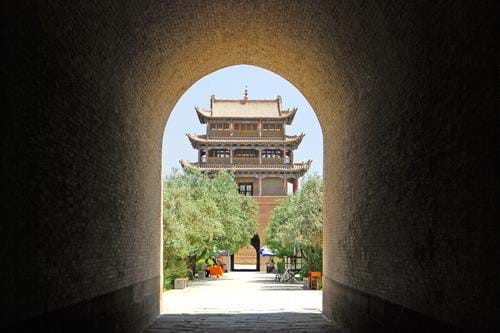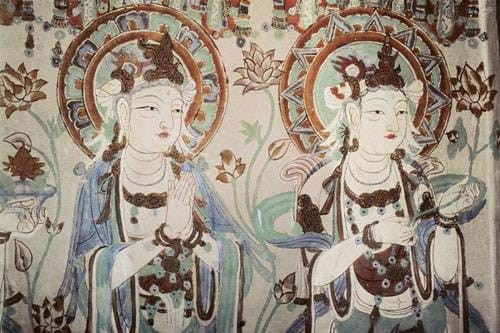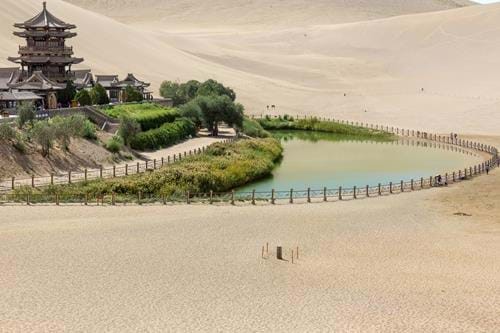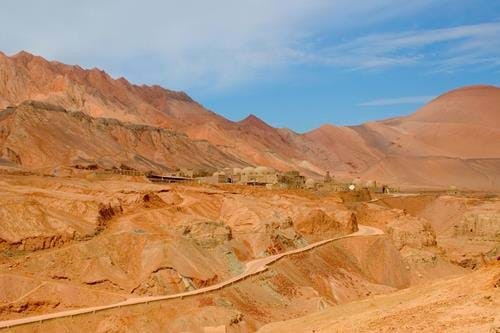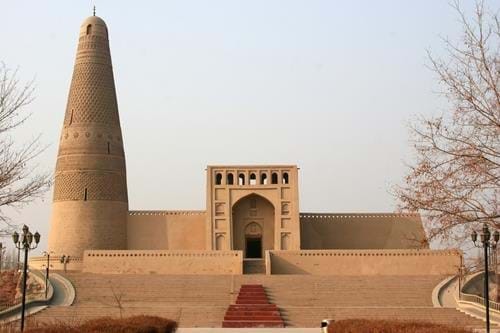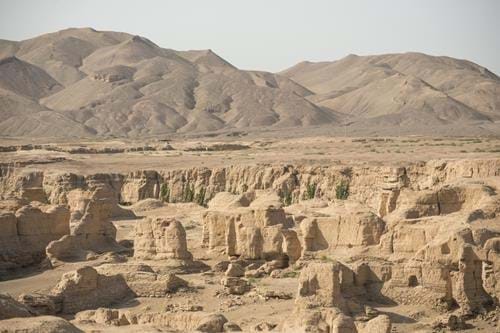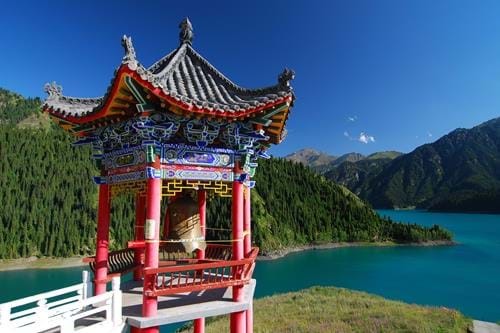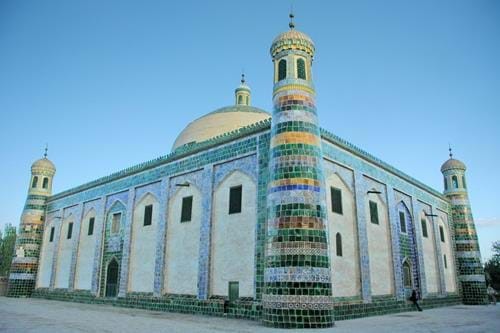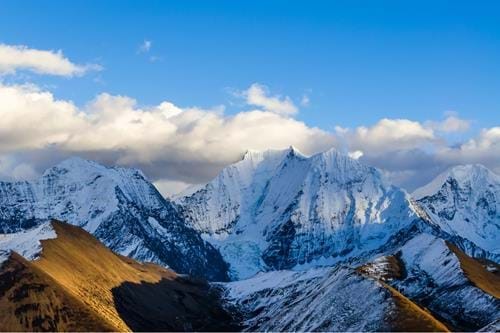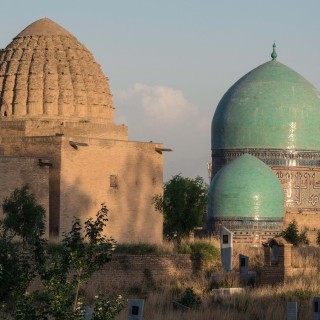Tailor-Made Tour
- Duration19 Days
- Flights IncludedYes
- Prices From £ 7195
 Places Visited :
Shanghai, Luoyang, Xi'an, Xiahe, Jiayuguan, Dunhuang, Turpan, Urumqi, Kashgar, Beijing
Places Visited :
Shanghai, Luoyang, Xi'an, Xiahe, Jiayuguan, Dunhuang, Turpan, Urumqi, Kashgar, Beijing
Retrace the route followed by the Buddhist monks and caravan traders of the Tang Dynasty on this wonderful odyssey from the country’s heartland to the wild west of Xinjiang Province. Your Silk Road adventure begins with an exploration of the imperial cities the trade artery helped to create: Xian and Luoyang. After a visit to the Longmen Grottoes and Terracotta Army – two of China’s most spectacular archaeological sites – you’ll head west to Labrang monastery on the fringes of the Tibetan Plateau, then north to Jiayuguan Fort, at the far western end of the Great Wall, and the famous Mogao Caves at Dunhuang. It’s desert all the way from here, as you proceed west from Turpan, site of a couple of long deserted Silk Road cities, to Kashgar, the fabled Uyghur market town at the crossroads of high Asia – one of the most remote cities on earth.
Although this trip necessarily involves a lot of travel, none of it could be described as ‘arduous’. China’s domestic air and rail networks are modern and efficient, as are trunk roads and the air-con vehicles we use for the overland stages of this tour. Hotel standards are high in China’s heartland, but decline slightly as you travel west into Xinjiang.
Remember, this trip can be personalised to suit your travel needs - we can tailor everything from hotel, travel type, duration and more.

